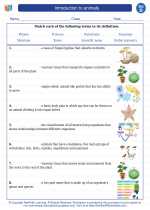The Stomach
The stomach is a muscular organ located in the upper abdomen, between the esophagus and the small intestine. It plays a crucial role in the digestion of food and the breakdown of nutrients.
Anatomy of the Stomach
The stomach is divided into four main regions: the cardia, fundus, body, and pylorus. The inner lining of the stomach contains millions of gastric glands that secrete gastric juices, including hydrochloric acid and enzymes, which aid in the digestion of food.
Functions of the Stomach
The stomach serves several important functions in the digestive process:
- Storage: The stomach acts as a temporary storage site for food after it is swallowed, allowing for controlled release of partially digested food into the small intestine.
- Digestion: Gastric juices in the stomach help break down proteins and other components of food, preparing them for further digestion and absorption in the small intestine.
- Protection: The stomach lining is protected by a layer of mucus, which prevents the acidic gastric juices from damaging the stomach tissue. Additionally, the stomach's acidic environment helps kill bacteria and other pathogens present in food.
Common Stomach Disorders
Several disorders can affect the stomach, including:
- Gastritis: Inflammation of the stomach lining, often caused by infection, excessive alcohol consumption, or certain medications.
- Peptic Ulcers: Open sores that develop on the lining of the stomach or the duodenum, often caused by infection with Helicobacter pylori bacteria or long-term use of nonsteroidal anti-inflammatory drugs (NSAIDs).
- Gastroesophageal Reflux Disease (GERD): A condition in which stomach acid flows back into the esophagus, causing heartburn and potentially leading to complications such as esophagitis.
- Gastric Cancer: Malignant tumors that can develop in the stomach, often associated with chronic inflammation and certain risk factors, such as smoking, a diet high in smoked or pickled foods, and family history of the disease.
Study Guide
To further your understanding of the stomach, consider reviewing the following topics:
- Describe the structure and functions of the gastric glands in the stomach.
- Explain the process of gastric digestion, including the roles of hydrochloric acid and digestive enzymes.
- Compare and contrast the storage and digestive functions of the stomach.
- Research the risk factors, symptoms, and treatment options for common stomach disorders, such as gastritis and peptic ulcers.
- Investigate the impact of lifestyle factors, such as diet and stress, on stomach health.
By exploring these areas, you can gain a comprehensive understanding of the stomach and its role in the digestive system.
.◂Science Worksheets and Study Guides Fourth Grade. Introduction to animals

 Worksheet/Answer key
Worksheet/Answer key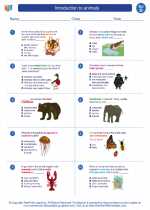
 Worksheet/Answer key
Worksheet/Answer key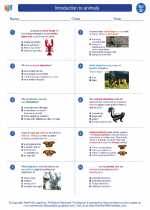
 Worksheet/Answer key
Worksheet/Answer key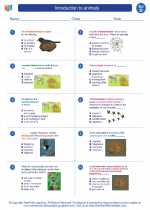
 Vocabulary/Answer key
Vocabulary/Answer key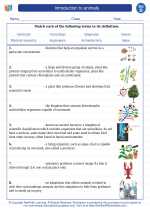
 Vocabulary/Answer key
Vocabulary/Answer key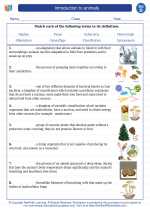
 Vocabulary/Answer key
Vocabulary/Answer key
 Vocabulary/Answer key
Vocabulary/Answer key